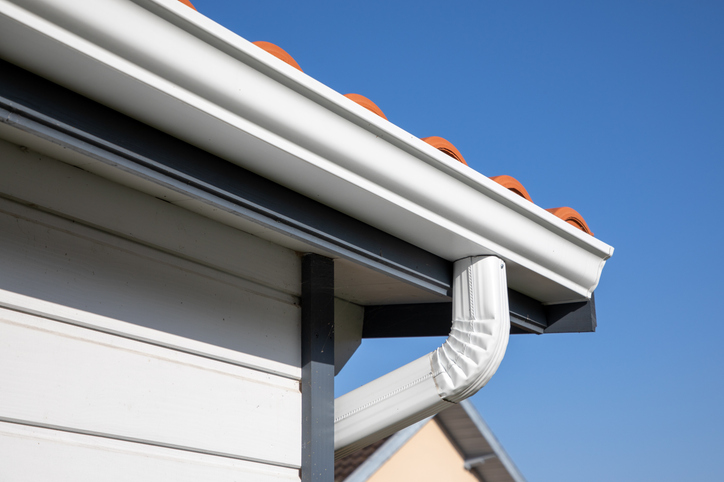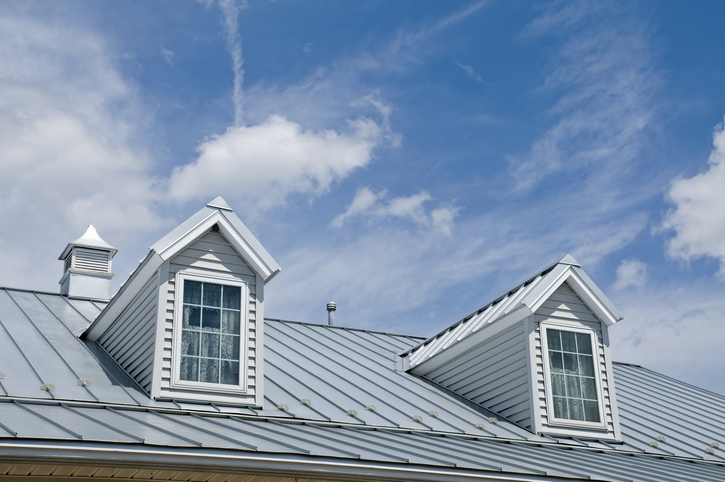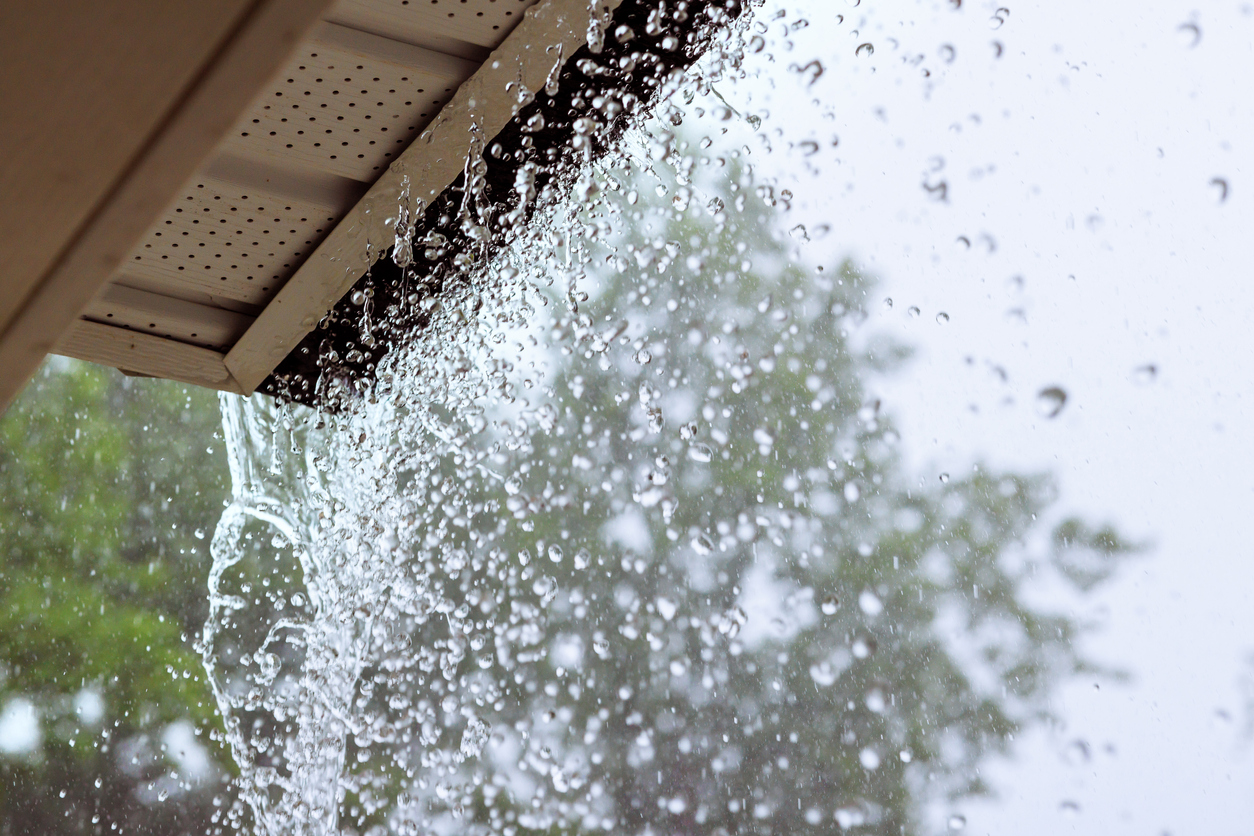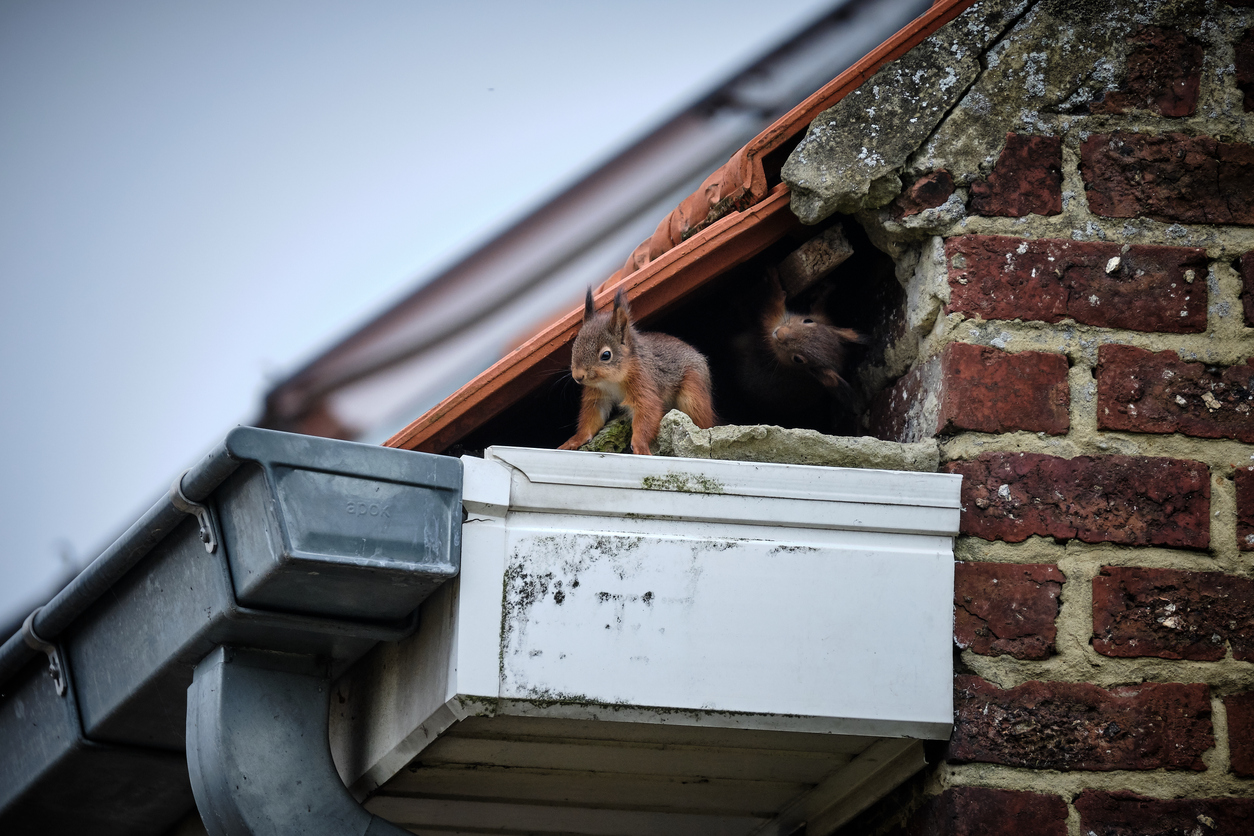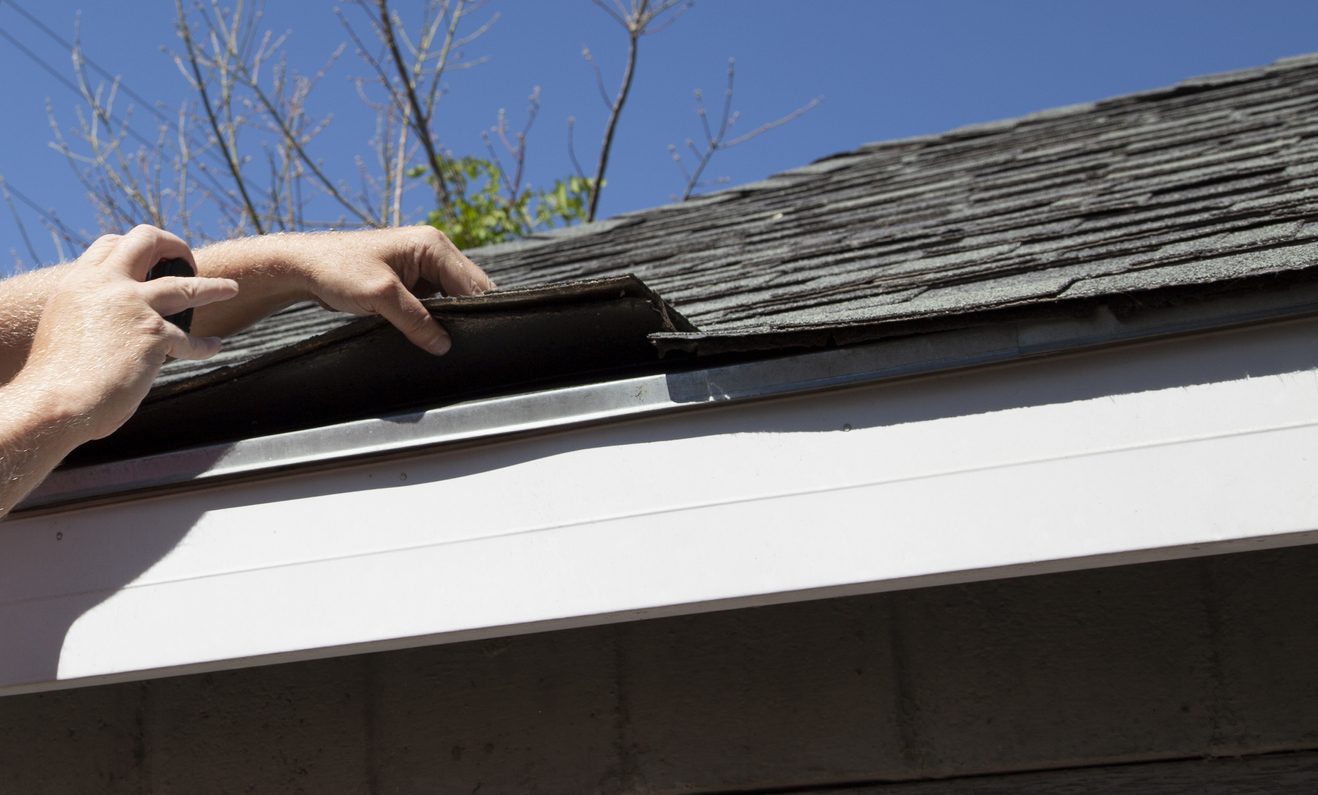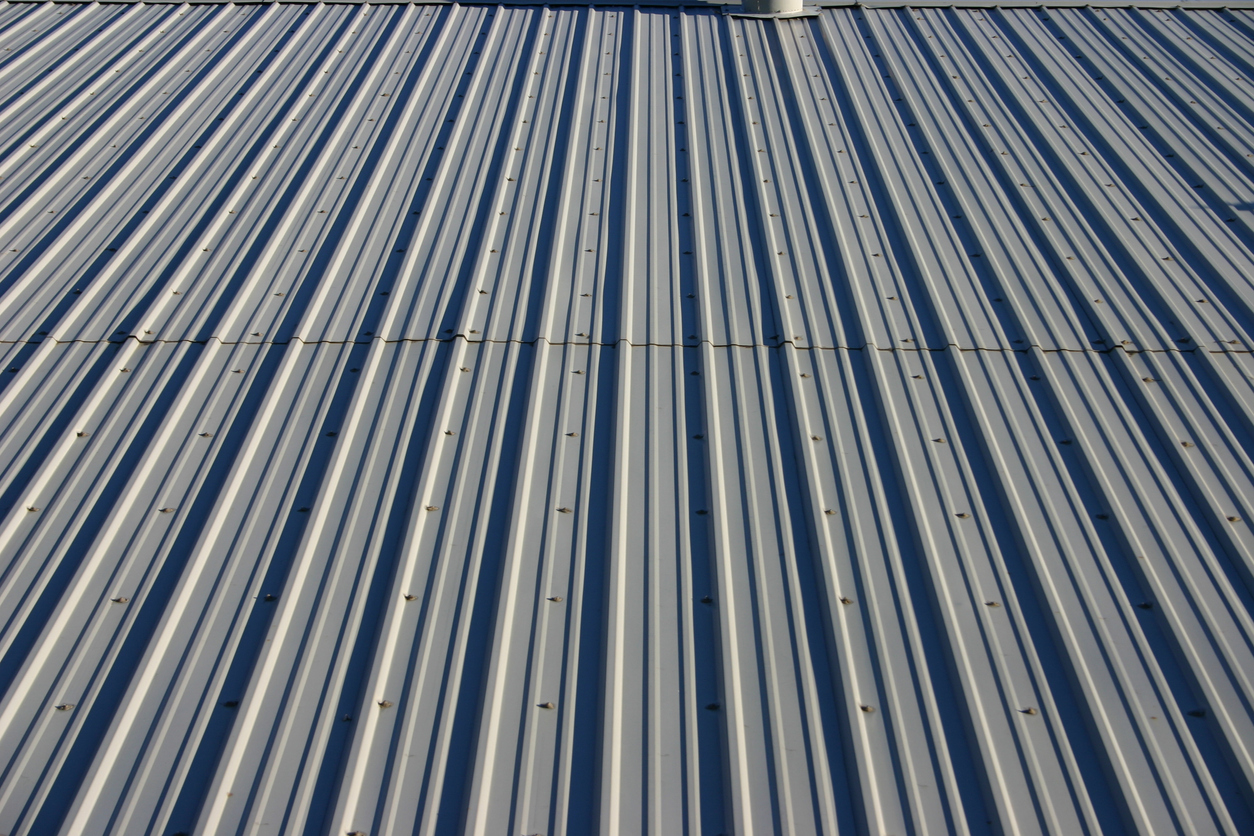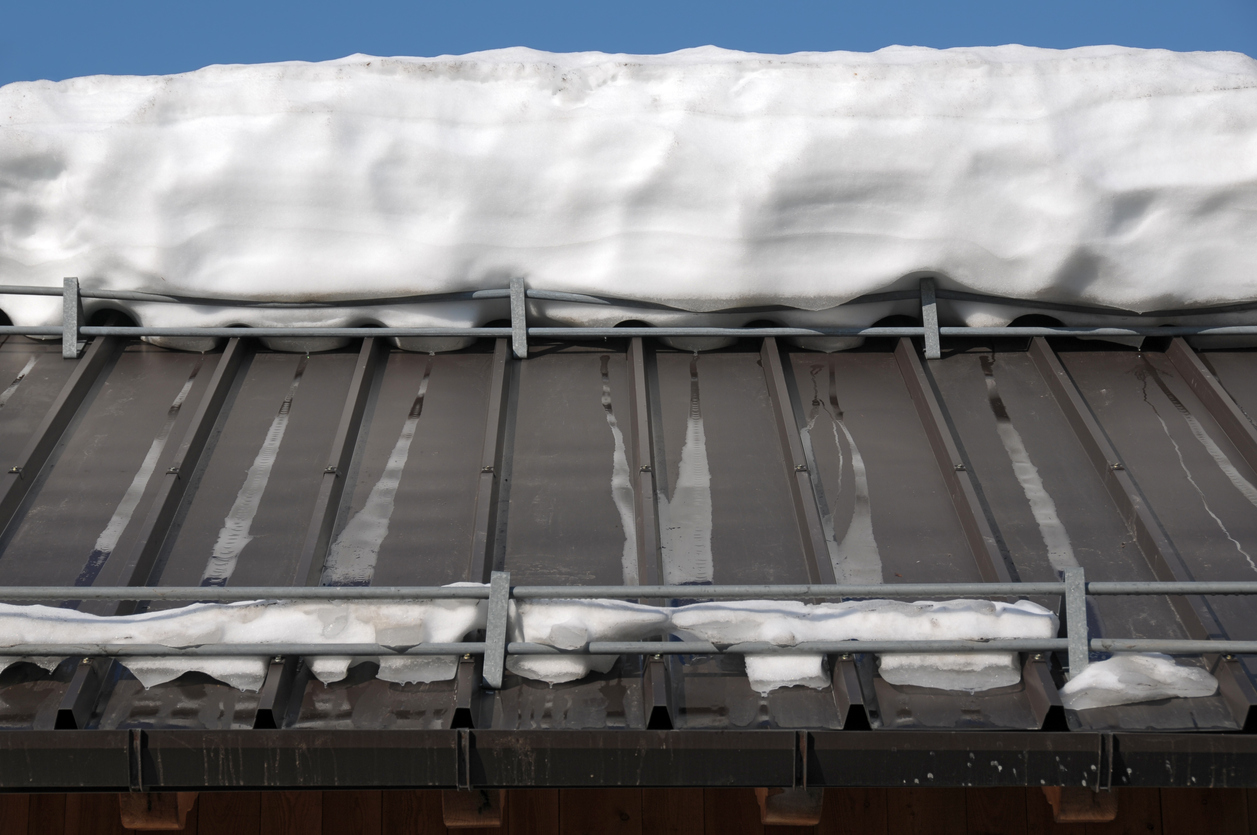Your roof stands as the first line of defense against the elements, shielding your home from rain, wind, snow, and sunlight. However, unexpected roofing issues can quickly escalate into emergencies if not addressed promptly. Let’s explore the common causes of emergency roofing problems and discover preventive measures to keep your roof in top condition.
1. Leaking Roofs
Cause:
Leaking roofs are often caused by damaged or deteriorating shingles, flashing, or sealants. Heavy rainfall can exacerbate the issue, leading to water intrusion and potential structural damage.
Prevention:
Regular roof inspections can help identify and address minor issues before they escalate. Ensure proper sealing around vents, chimneys, and skylights, and replace damaged shingles promptly to prevent leaks.
2. Storm Damage
Cause:
Severe weather events, such as hailstorms, high winds, or heavy snowfall, can cause significant damage to your roof. Missing shingles, dented metal roofing, or fallen tree branches are expected outcomes of storm damage.
Prevention:
Consider reinforcing your roof with impact-resistant materials to withstand harsh weather conditions. Trim overhanging branches and secure loose items around your property to minimize potential storm-related damages.
3. Poor Installation
Cause:
Improper installation of roofing materials can lead to many issues, including leaks, inadequate ventilation, and premature deterioration. Substandard workmanship can compromise the integrity of your roof over time.
Prevention:
Hire certified roofing professionals with a track record of quality installations. Ensure your contractor follows manufacturer guidelines and industry best practices to guarantee a durable, well-installed roof.
4. Lack of Maintenance
Cause:
Neglecting routine roof maintenance can result in a myriad of issues, from clogged gutters to moss growth and sagging roof structures. Over time, the cumulative effect of poor maintenance can lead to emergency roofing situations.
Prevention:
Schedule annual roof inspections and maintenance tasks, including gutter cleaning, debris removal, and checking for signs of wear and tear. Proactive maintenance can extend the lifespan of your roof and prevent emergencies.
5. Ventilation Problems
Cause:
Inadequate roof ventilation can result in moisture buildup, leading to mold growth, wood rot, and compromised insulation. Poor ventilation can also cause temperature imbalances in your home, affecting energy efficiency.
Prevention:
Ensure your roof is adequately ventilated to allow air circulation and prevent moisture-related issues. Consider installing ridge vents, soffit vents, or attic fans to maintain optimal ventilation levels and protect your roof’s integrity.
We are here for all your roof emergency needs.
When it comes to ensuring your roof lasts and is safe for your family, you need to hire the best contractor possible. The experts at JM Roofing and Siding are licensed and insured to serve you in Norwalk, Connecticut, and the surrounding areas. Contact us today for a free estimate!


